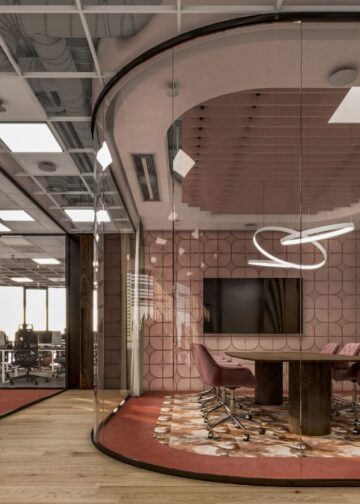California Supreme Court Upholds Gig Worker Independence in Landmark Decision
California Supreme Court upholds Prop 22, classifying gig workers as independent contractors with benefits.

California Supreme Court upholds Prop 22, classifying gig workers as independent contractors with benefits.

As hackers exploit security gaps in U.S. hiring, HR teams must adapt amid increased threats.

Career confidence among U.S. workers hits new lows due to economic uncertainty, AI, and job competition.

Offering a prime location, a next-generation building, and an elevated service standard for our clients, the establishment is set to ...

U.K. landlords foresee a 54% rise in flexible workspace demand by 2030, with redesigns crucial for future needs
California Supreme Court upholds Prop 22, classifying gig workers as independent contractors with benefits.
As hackers exploit security gaps in U.S. hiring, HR teams must adapt amid increased threats.
Offering a prime location, a next-generation building, and an elevated service standard for our clients, the establishment is set to...
Use these strategies to combat burnout and enhance well-being, starting with targeted rest.
Join Spacebring and Kisi for an insightful webinar on streamlining access control for your coworking space. Industry experts will share...
Use gamification to boost engagement in coworking spaces with points, challenges, and badges.
Upcycling furniture significantly reduces environmental impact and fosters sustainable workplaces.
Resignations persist, reflecting desires to slow down and intentionally fit some humanity back in our day.
©2024 Allwork.Space News Corporation. All Rights Reserved.
Exploring the Future Of Work® since 2003.
Advertise Privacy Policy Terms Of Use About Us Contact Submit to Allwork.Space Submit a Press Release FlexSpace Directory Podcast Events